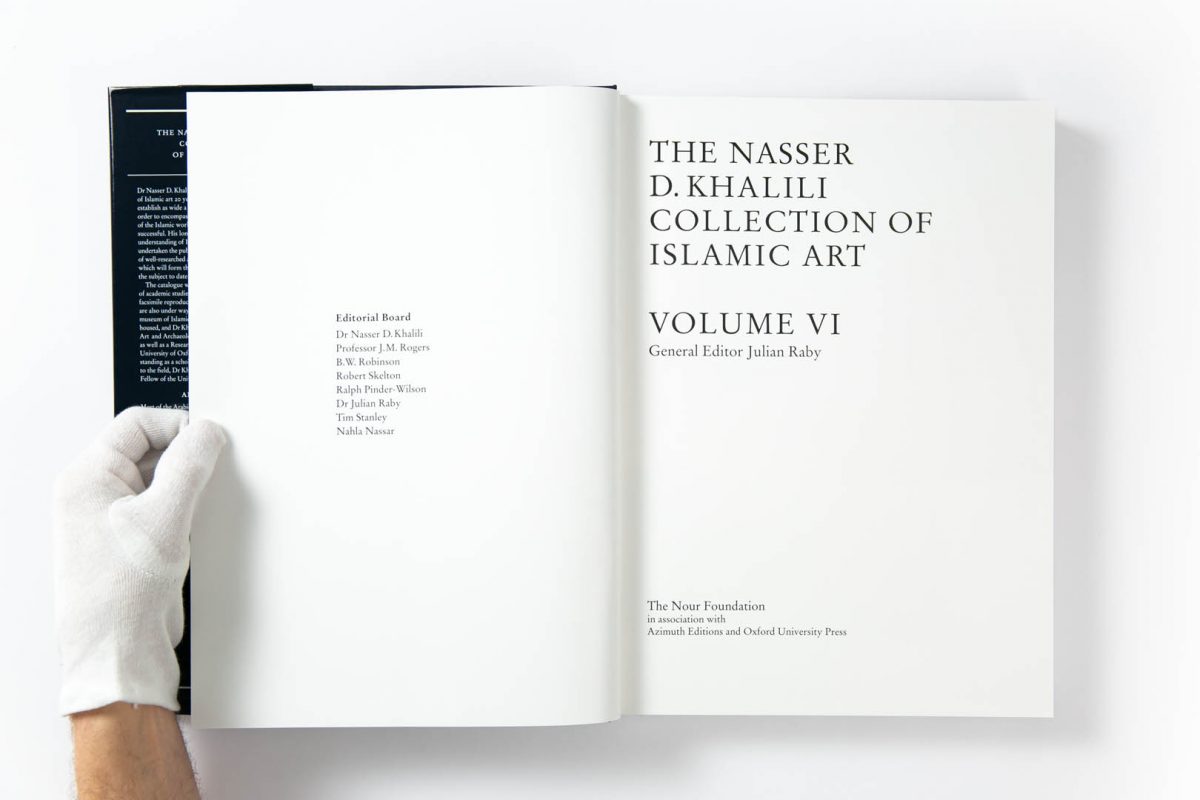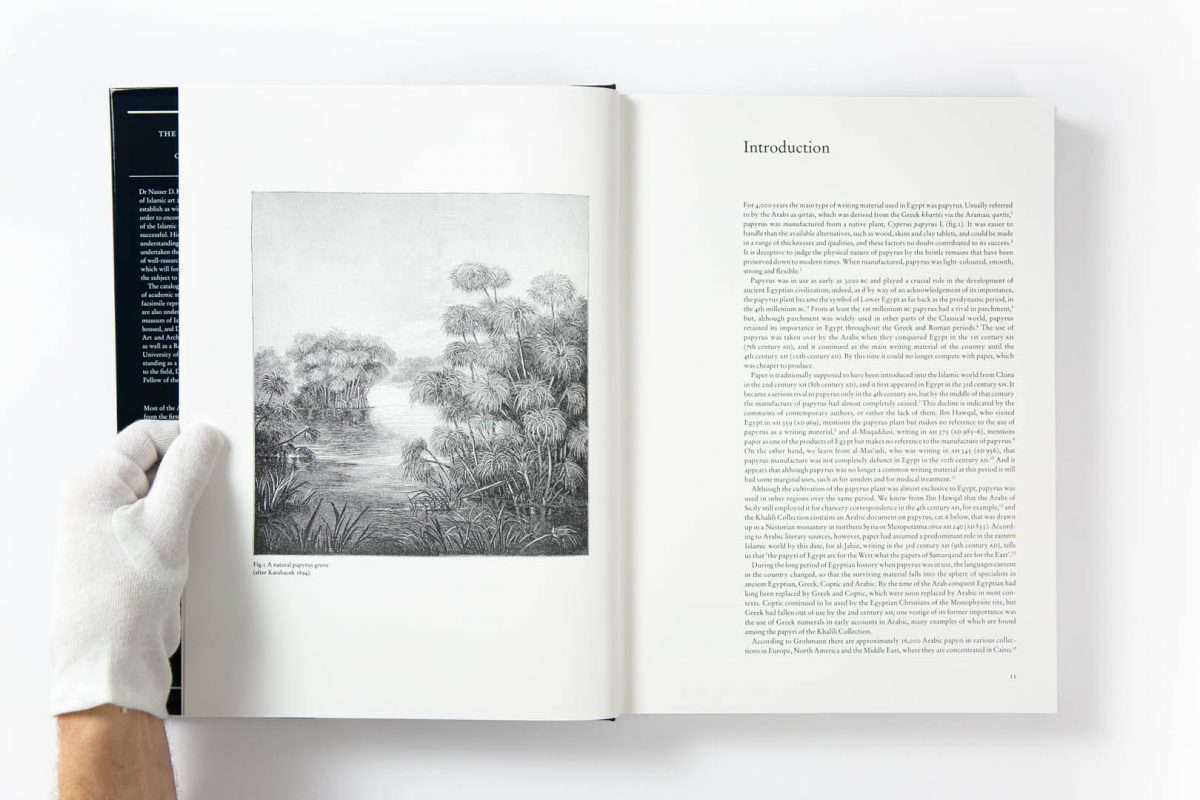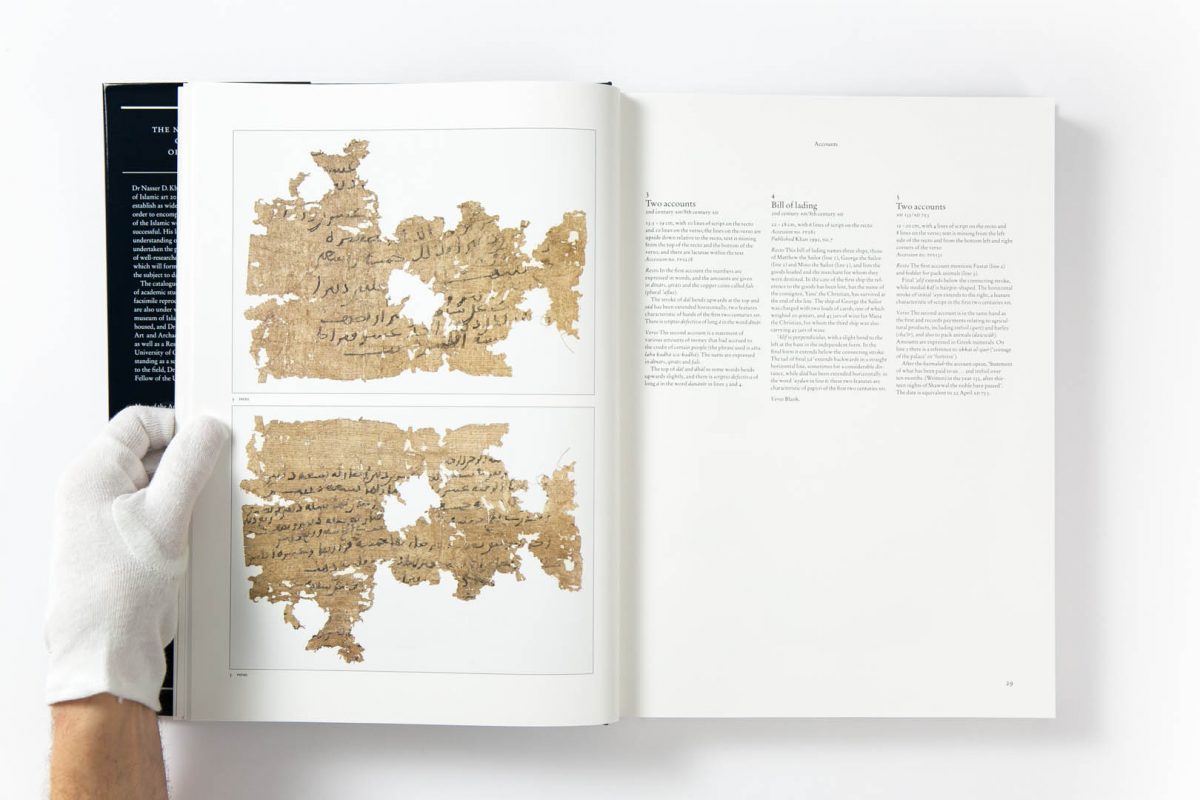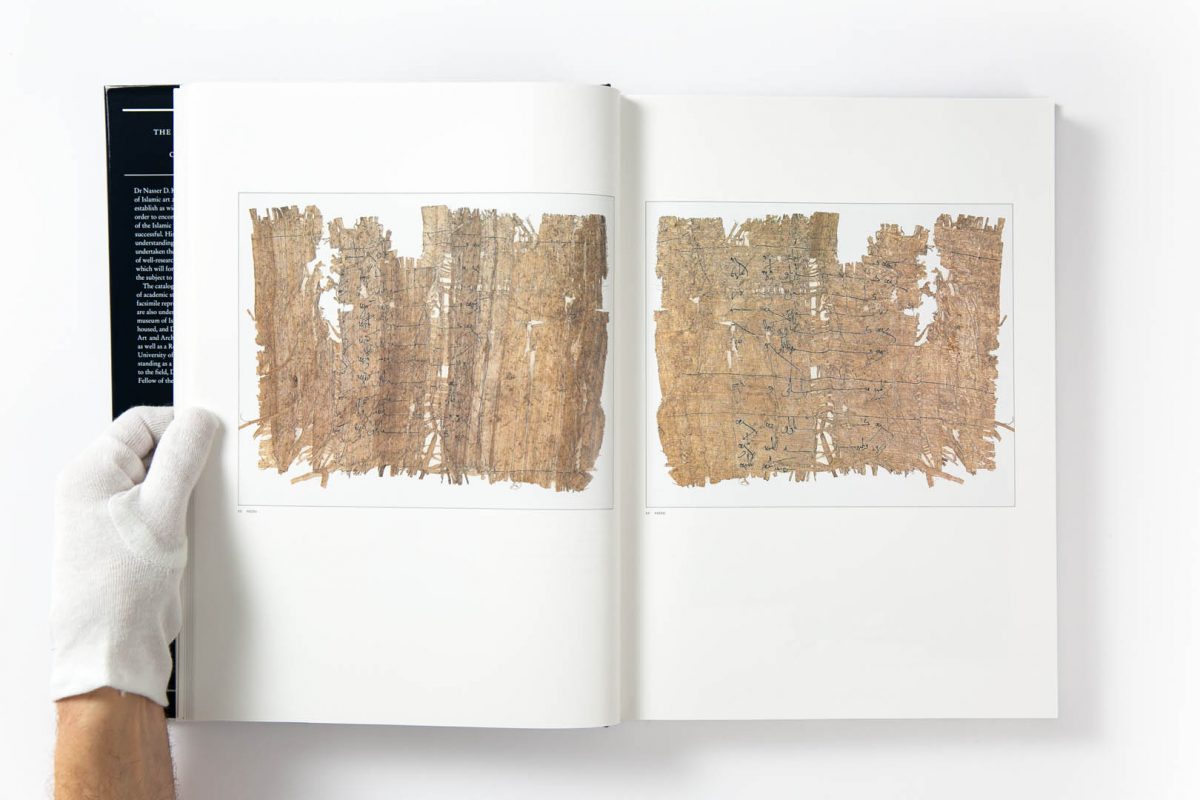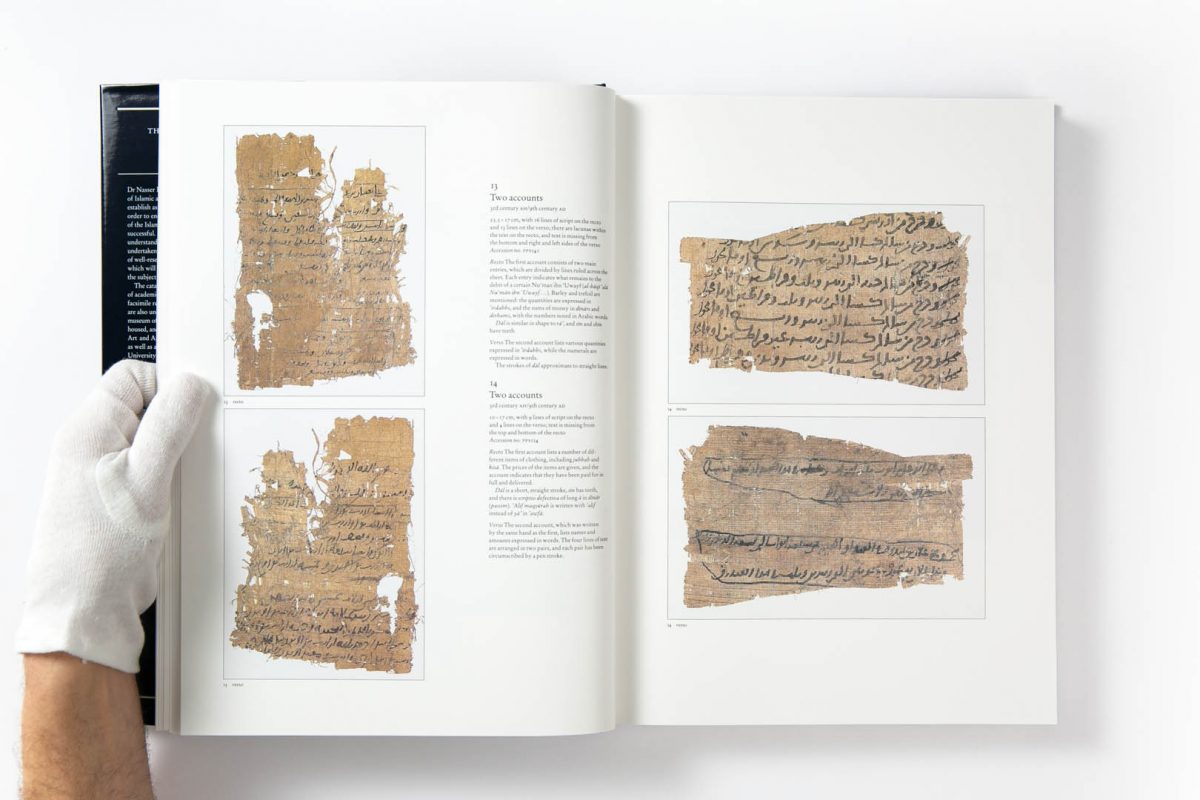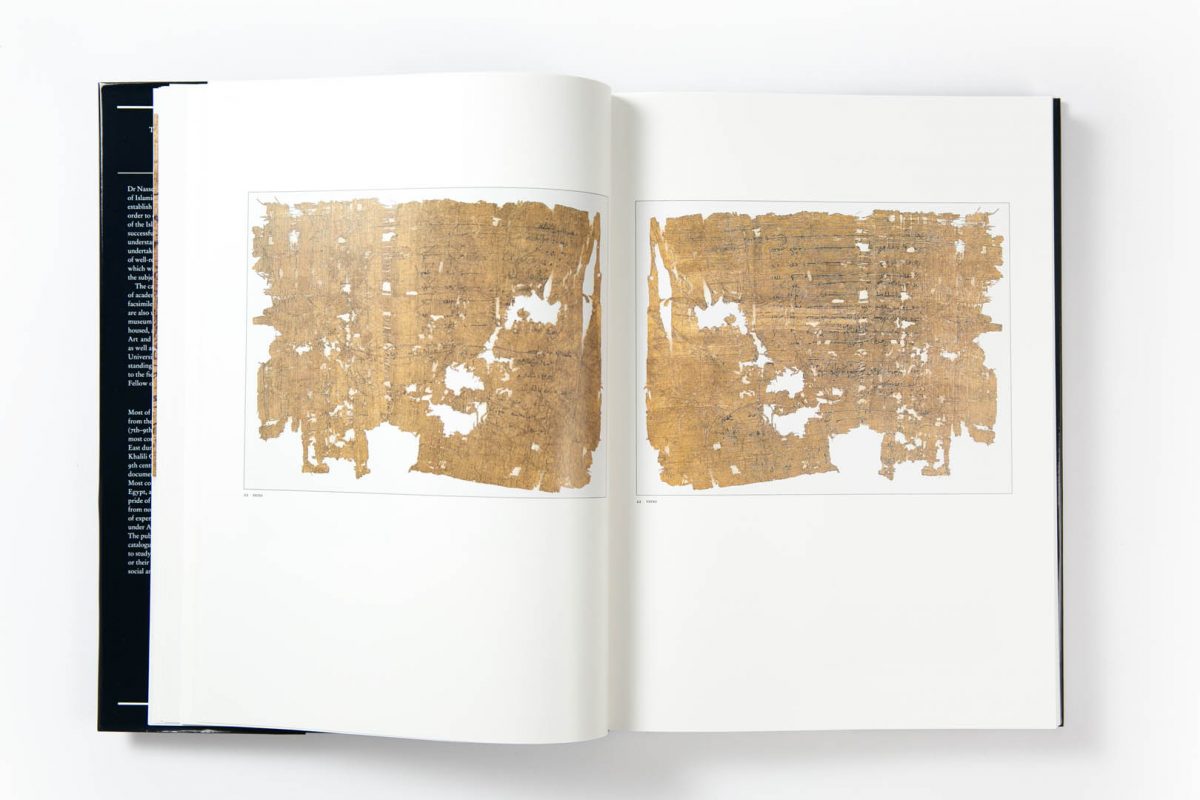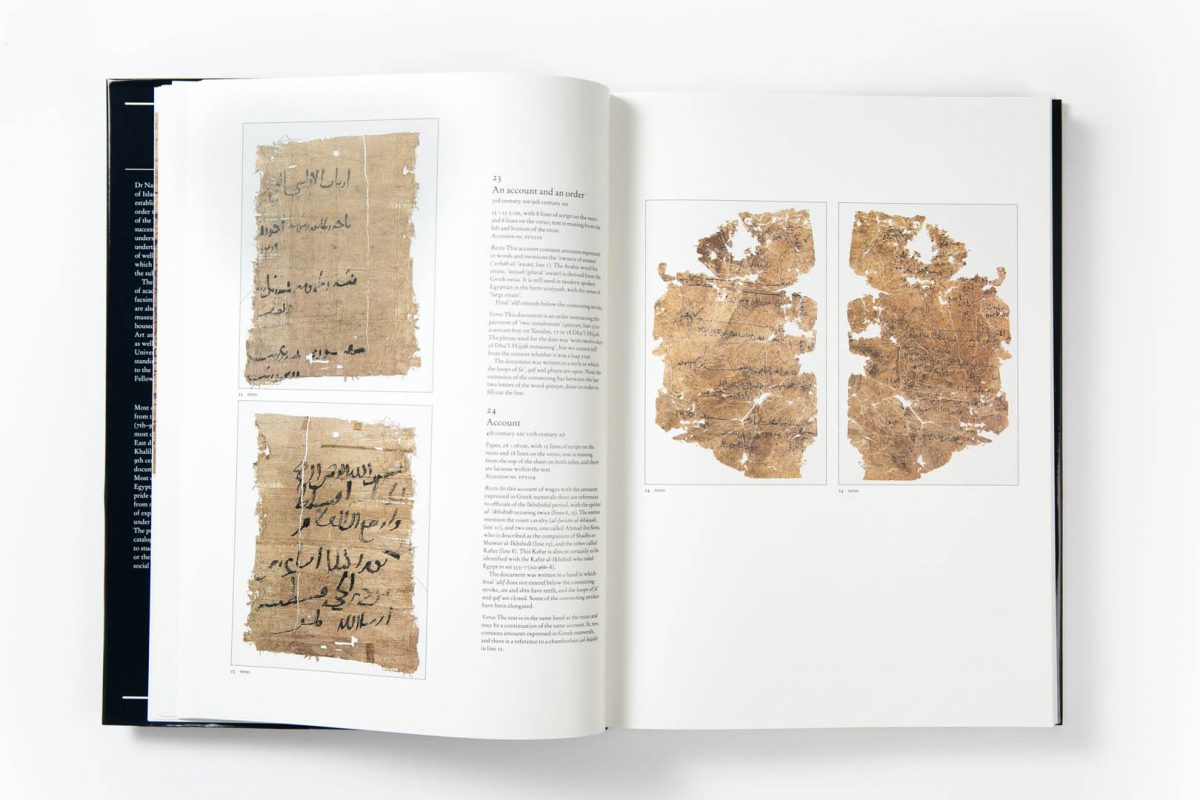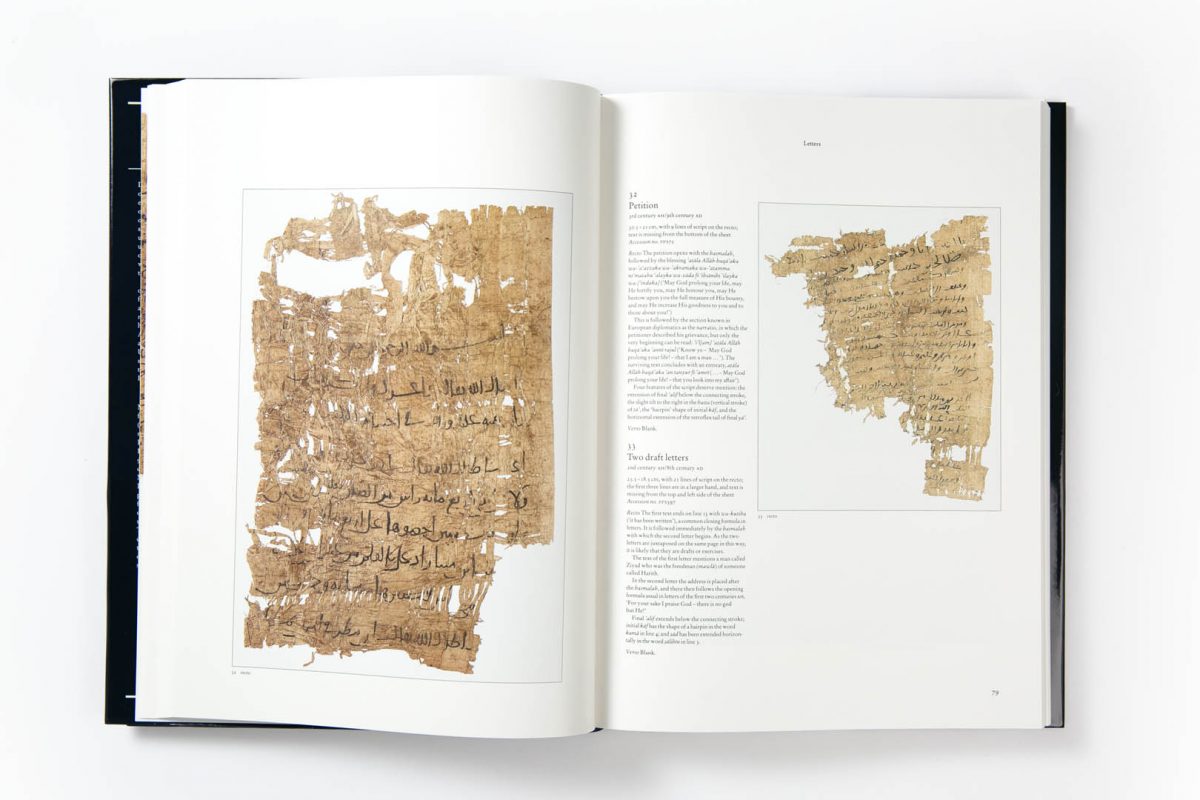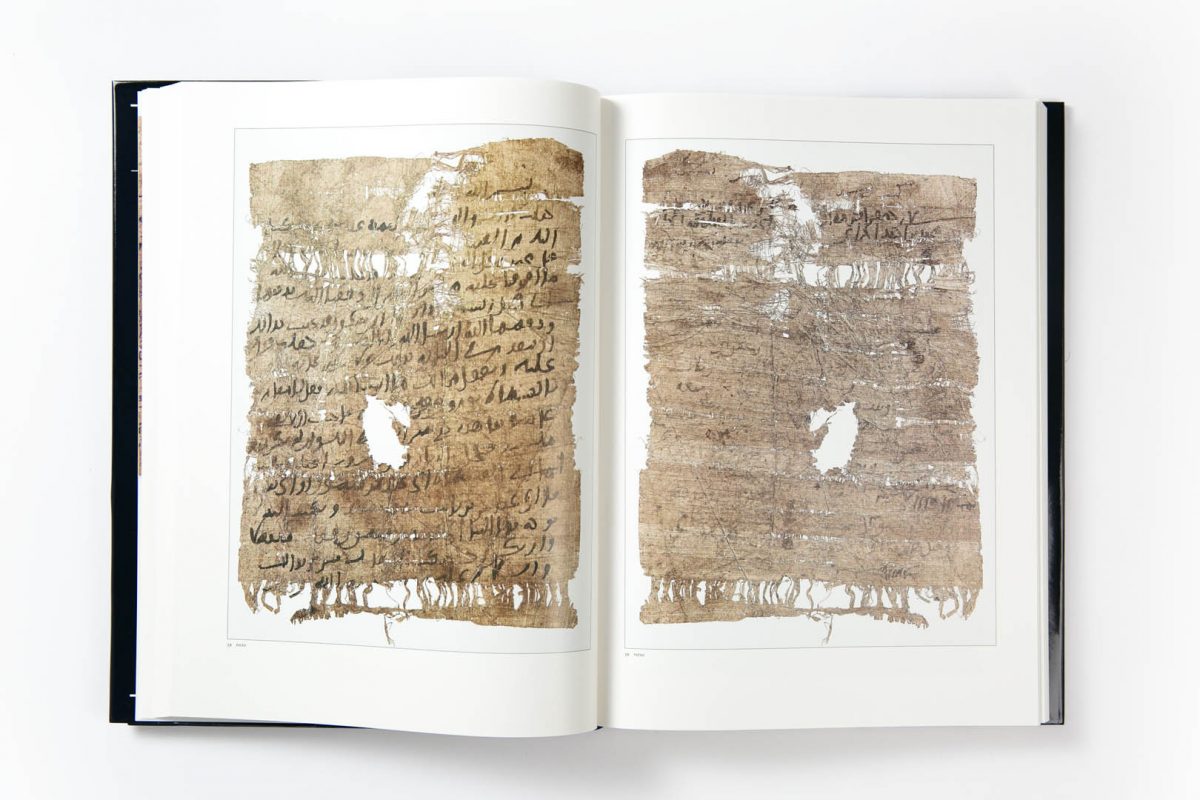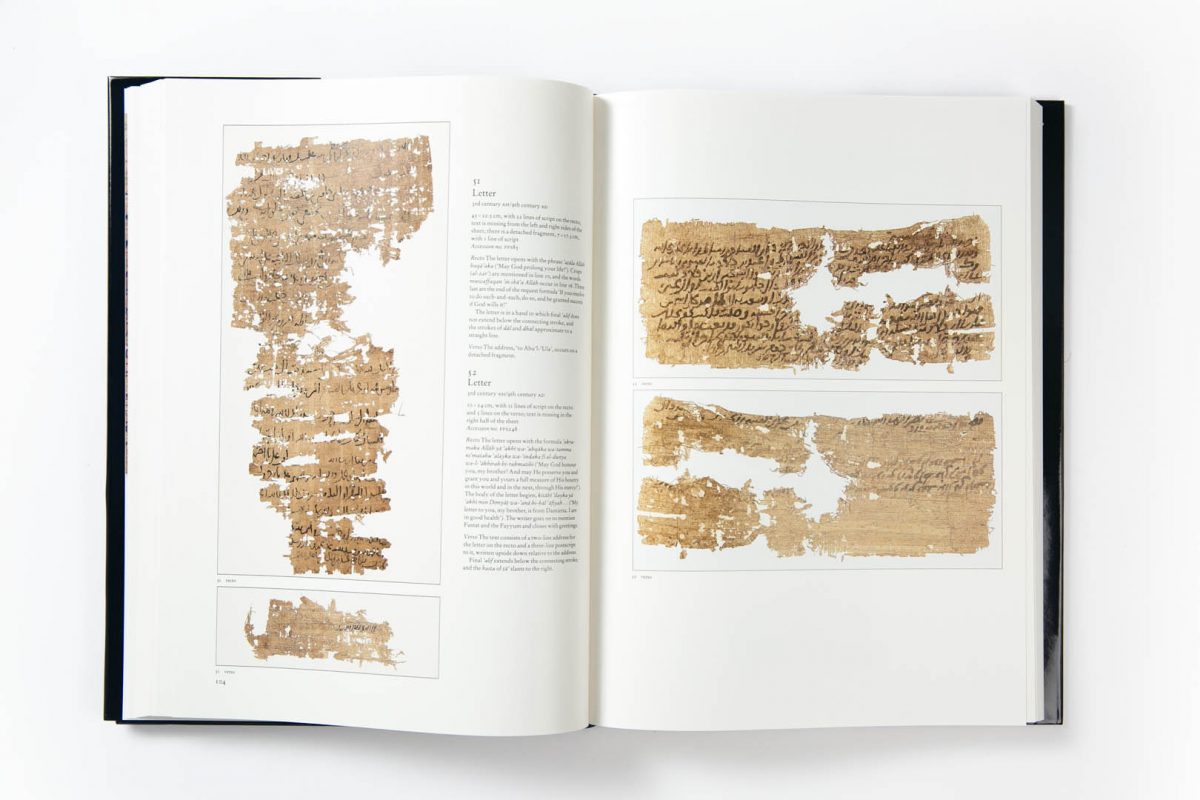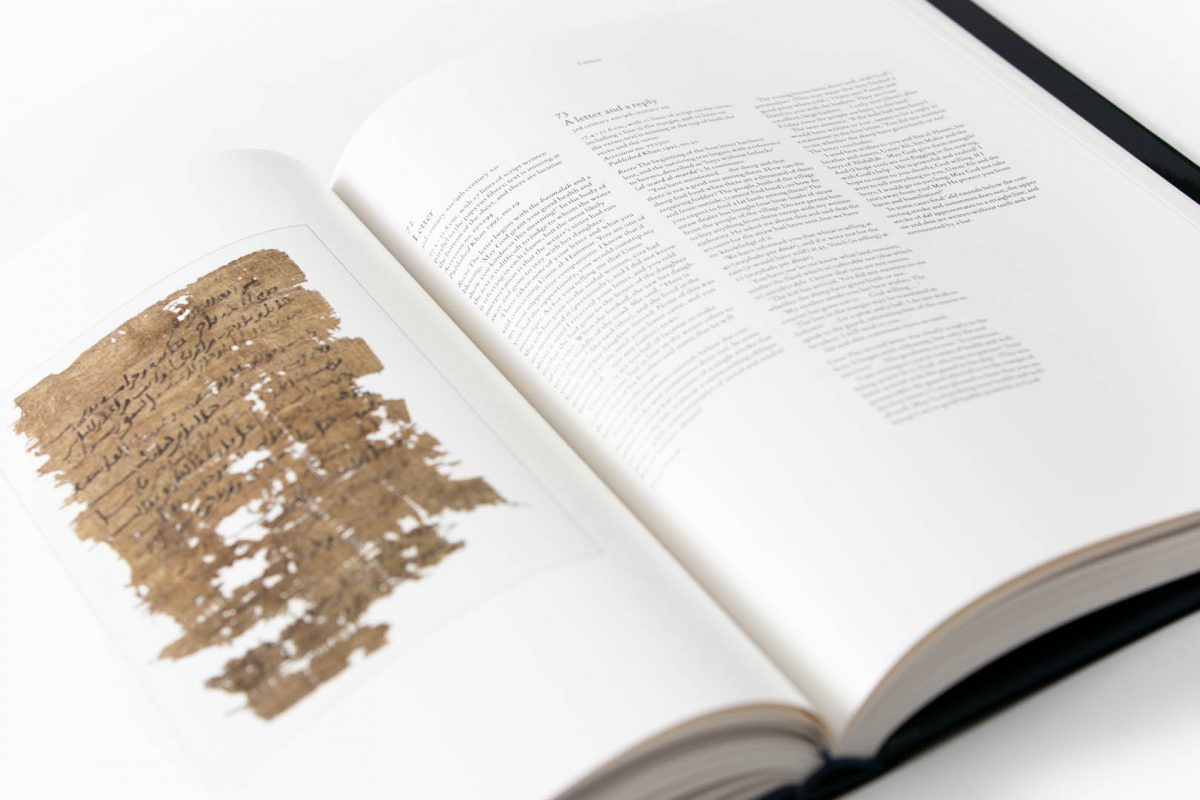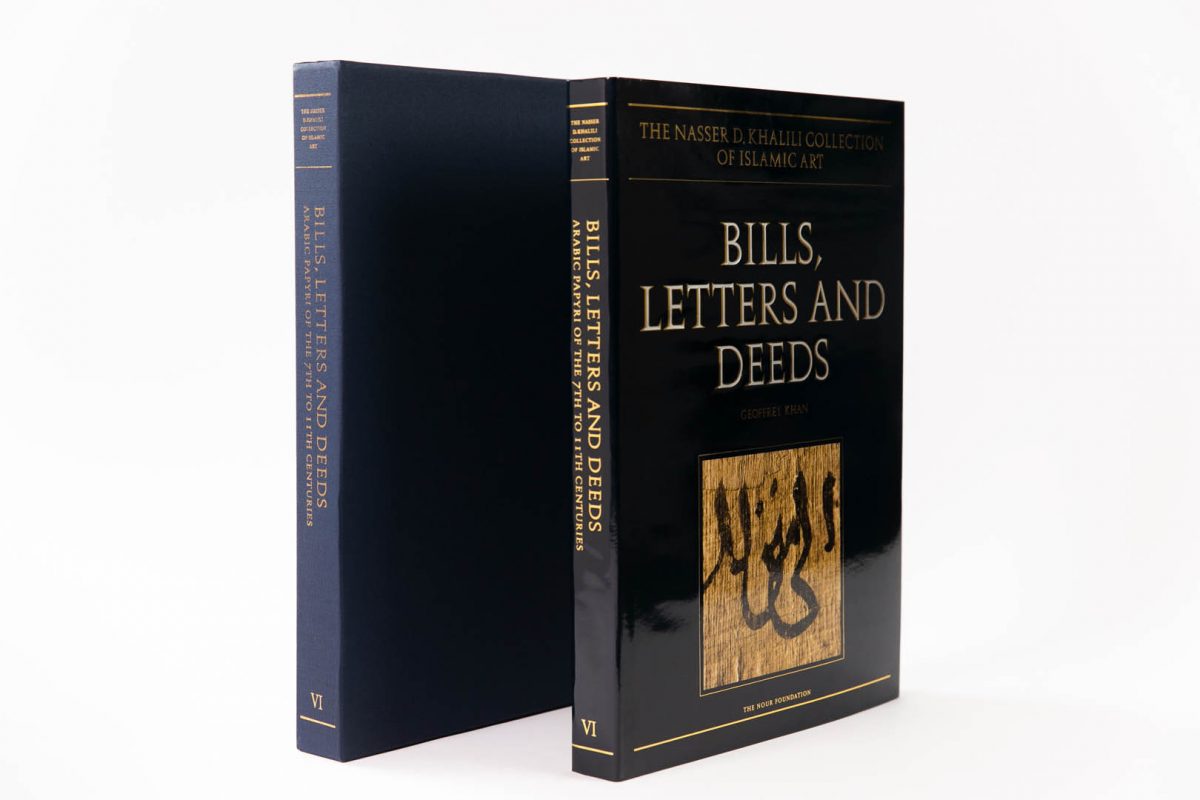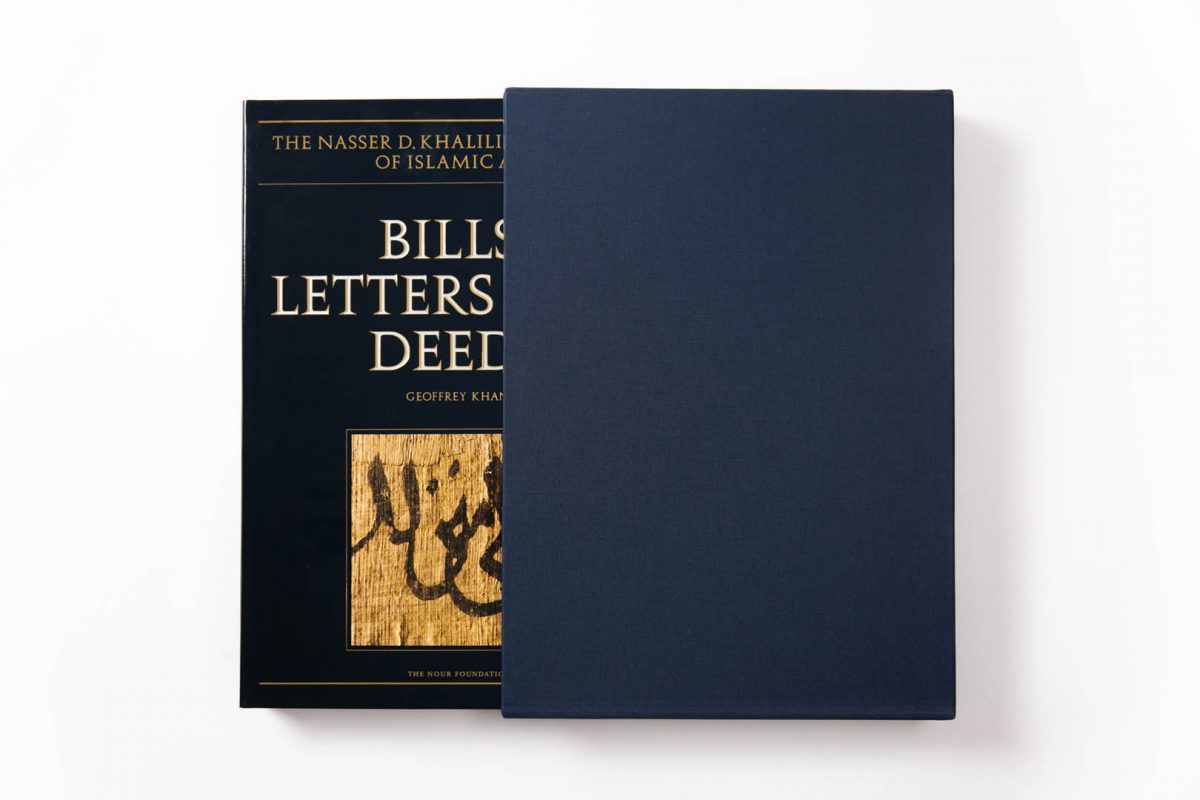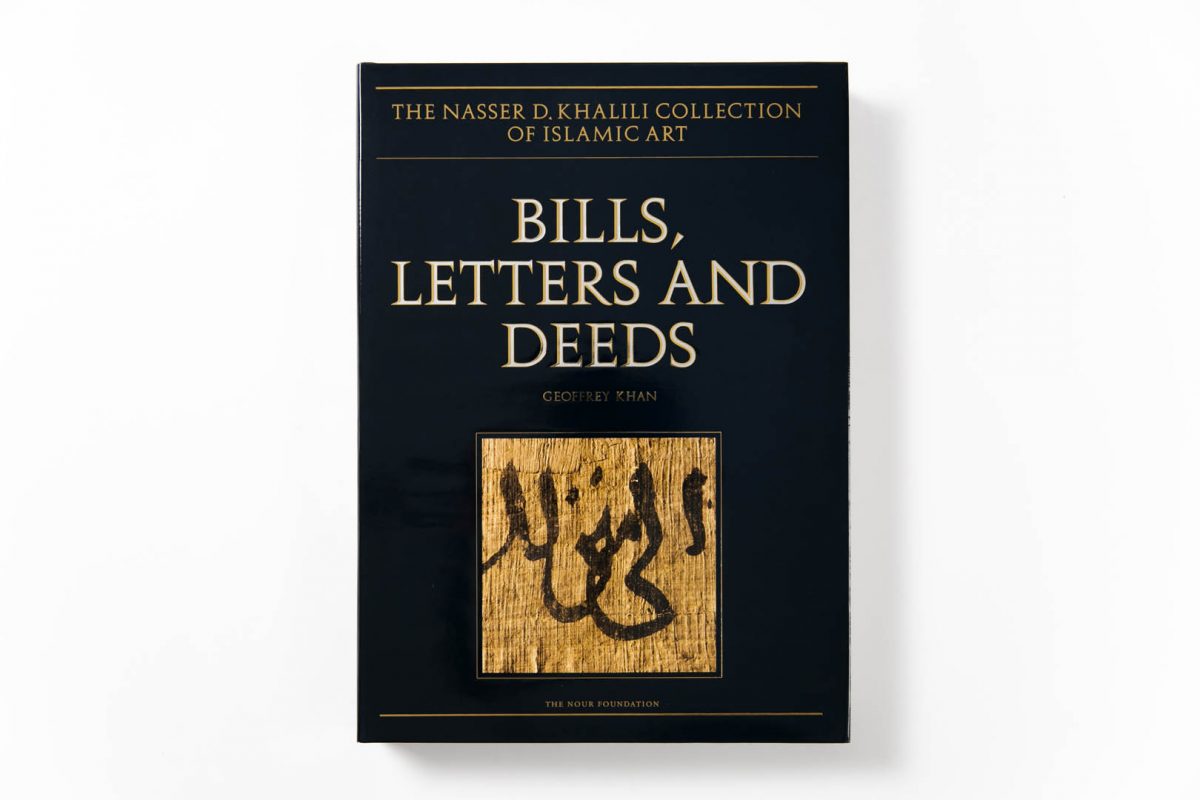


Most of the Arabic documents that have survived from the first three centuries of the Islamic era were written on papyrus, the most commonly used writing material in the Near East during this period.
The Arabic papyri in the Collection date mostly from the 8th and 9th centuries, and include official and legal documents, receipts, accounts and private letters. Most come from Fustat, and a few originate from Upper Egypt, but pride of place goes to the only extant
Arabic papyrus from northern Mesopotamia, an account of expenditure drawn up in a Nestorian monastery under Abbasid rule c. ad 855.
The papyri are an invaluable source of information on scripts, grammar and literary styles, as well as on social and economic life in the early Islamic period. Of the 258 in this catalogue, 108 are illustrated in colour, while the rest, which are of a more fragmentary
nature, are reproduced in black and white. The history of the use of papyrus and the methods of its manufacture are discussed in the introduction.
Professor Geoffrey Khan – Fellow of the British Academy; Regius Professor of Hebrew, Cambridge University; fields of expertise include Arabic papyrology
292 pages; 108 colour plates, 150 halftones, line drawings; hardback with dust jacket (slipcased); 36 x 26 cm; 1993; ISBN: 1-874780-56-0
PURCHASE